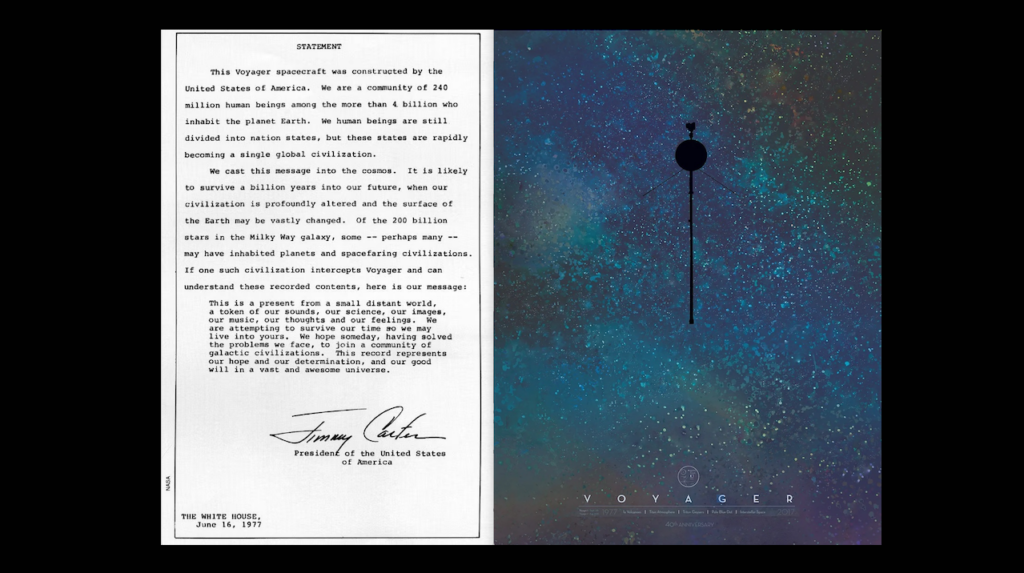OIG Report on NASA Europa Missions

NASA OIG Audit: Management Of NASA’s Europa Mission
“Despite robust early-stage funding, a series of significant developmental and personnel resource challenges place the Clipper’s current mission cost estimates and planned 2023 target launch at risk. Specifically, NASA’s aggressive development schedule, a stringent conflict of interest process during instrument selection, and an insufficient evaluation of cost and schedule estimates has increased project integration challenges and led the Agency to accept instrument cost proposals subsequently found to be far too optimistic. Moreover, Clipper has had to compete with at least four other major JPL-managed projects for critical personnel resources, causing concern that the project may not have a sufficient workforce with the required skills at critical periods in its development cycle. … In addition, although Congress directed NASA to use the SLS to launch the Clipper, it is unlikely to be available by the congressionally mandated 2023 date and therefore the Agency continues to maintain spacecraft capabilities to accommodate both the SLS and two commercial launch vehicles, the Delta IV Heavy and Falcon Heavy. … We also believe that requiring the Agency to pursue a Lander mission at the same time it is developing the Clipper mission is inconsistent with the NRC’s recommended science exploration priorities.”









I think most of that report makes sense to me, but there are a few things that don’t make sense. Mostly things that don’t affect the report’s conclusions, but still…
In terms of Clipper itself, the OIG apparently has much more confidence in this Joint Confidence Level Analysis than I would. It’s “ probabilistic analysis measures the likelihood of completing all remaining work at or below the budgeted levels and on or before the planned completion of Phase D.” Without a decent, quantitative estimate of the various risks, I can’t see that giving useful results. And I doubt they can make decent, quantitative estimates of the risks. But it does force them to list out the risks, and guess at their magnitude, so maybe it’s not useless.
Regarding the launch vehicle, they describe both the Delta IV Heavy and the Falcon Heavy as costing “up to $450 million.” I’m pretty sure that overestimates the cost of a Falcon Heavy by quite a bit. In terms of the trajectories, the rocket’s payload capacities are listed as 70 (SLS Block 1), 25.5 (Delta IV Heavy) and 65 (Falcon Heavy) tonnes to LEO. Despite that, they say using the Delta and Falcon would require multiple gravity assists, including ones with Venus. I’m fairly sure I’ve seen presentations by the Clipper project, to the effect that a Falcon launch would allow a shorter cruise, with a deep space maneuver, only one Earth encounter, no Venus encounters (similar to the trajectory Juno used.)
Regarding qualification, they say “As part of this NASA certification process, the Falcon Heavy would need to have accomplished three successful flights by the Clipper’s launch readiness date. Although the SLS will have had minimal flight history if the Europa Clipper is launched in the 2023 timeframe, senior NASA managers believe the extensive quality assurance testing required to human-rate the vehicle will provide the needed confidence levels to meet the intent of commercial launch vehicle certification requirements.” I think I’ll just let that stand without comment.
When discussing staffing and workforce issues at JPL, they mention other major missions JPL is currently developing. It’s only a passing mention, but they are listing $957 million as the cost of Psyche. That can’t be right. Psyche is a Discovery mission, and it’s got a cost cap which is a bit under $500 million. If they were that far over budget, they have been facing cancelation reviews a long time ago. I can’t even see how that could be the full cost to NASA (including launch, DSN services and other things which aren’t part of the cost capped budget.)